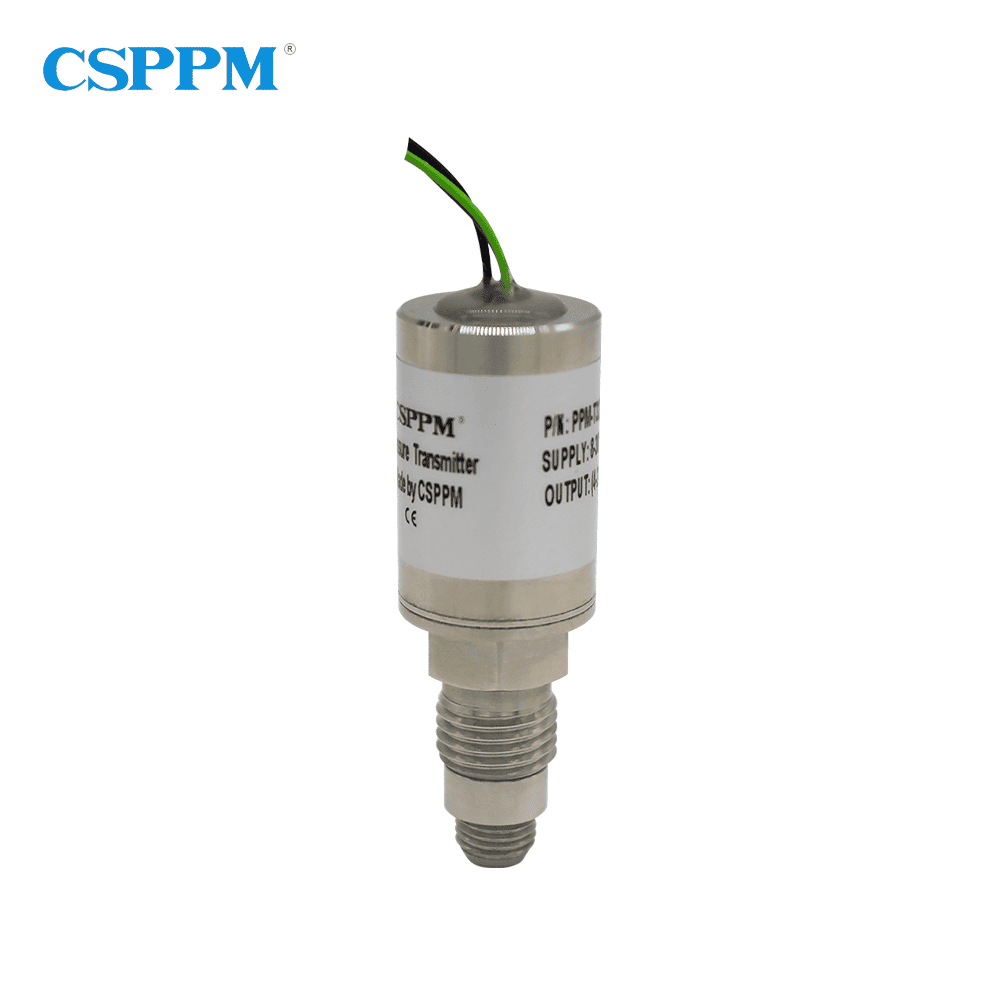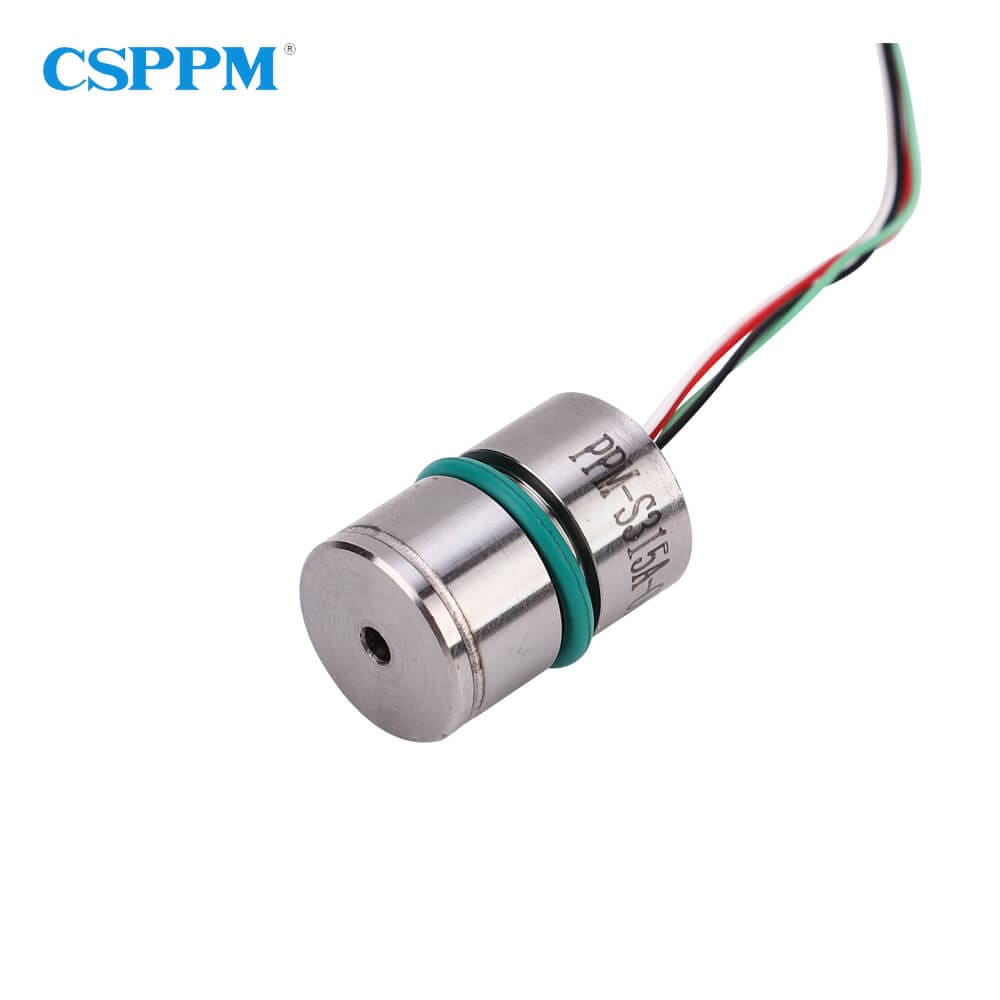Introduction: The Challenges We Face
Imagine an industrial setting where crucial processes hinge on accurate pressure readings. The stakes are high—errors can lead to catastrophic failures. This is where the high temperature pressure sensor comes into play. These instruments are designed to withstand extreme conditions, yet how do we ensure they perform optimally? It’s a thought-provoking issue. The quest for reliability and efficiency often brings us to question the effectiveness of traditional solutions.

Flaws in Traditional Solutions
Look, it’s simpler than you think—older pressure sensors often falter under high temperature conditions. They may face calibration drift or material degradation. Why do failures always occur during critical operations? This is primarily because many conventional sensors lack the necessary durability and precision. Their designs are not always equipped to handle fluctuations in both pressure and temperature, ultimately leading to costly downtimes.

Principles of New Technology
The emergence of advanced materials and smart technologies transforms the landscape. Modern high temperature pressure sensors integrate cutting-edge tech—think biocompatibility, resistant thermoplastics, and built-in diagnostics. By leveraging real-time data, these sensors adapt to varying conditions on the fly. They’re engineered to ensure reliability even under the most rigorous applications—be it in aerospace or petrochemical industries.
Quantified User Benefits
What does this mean for users? Well, for starters, accuracy is significantly improved—actual data from field tests indicate up to 30% less downtime with modern sensors. We’re talking about cost savings and enhanced safety. Additionally, users often report easier installation and maintenance processes, which further extends operational lifetimes. When you invest in a high temperature pressure sensor, you’re essentially investing in peace of mind.
Conclusion: Choose Wisely
Always verify these 3 metrics when choosing solutions: ① durability under extreme conditions, ② precision in measurement, and ③ ease of integration into current systems. Prioritizing these factors can make the difference between success and failure in your projects.
Low Temperature Pressure Sensors: Innovations for Extreme Cold
In the world of temperature measurement, low temperature pressure sensors play an equally vital role. Whether in cryogenics or specialized scientific applications, these sensors are crucial for monitoring pressures effectively at lower temperatures. Just like their high-temperature counterparts, the low temperature pressure sensor must maintain accuracy to ensure that experiments yield reliable results. The challenge remains—how do we ensure these sensors remain functional in frigid environments?
The Challenges of Cryogenic Environments
To understand the intricacies involved, let’s explore the common issues faced by sensors in cryogenic settings. Traditional sensors often struggle with calibration and become prone to failure as temperatures plunge. Thanks to advances in technology, we now have sensors that can withstand extreme cold without compromising accuracy. A well-designed, responsive cryogenic pressure sensor can prevent equipment malfunctions and ensure seamless operation in sectors like aerospace and healthcare.
Staying Ahead with CSSPM Sensor
Summarizing our exploration of temperature pressure sensors reveals just how wide-ranging and essential these devices are in critical applications. Whether discussing high temperature, low temperature, or cryogenic contexts, reliable sensors enhance both safety and efficiency. When searching for a dependable manufacturer with a strong reputation in delivering innovative solutions, look no further than CSSPM Sensor. Their extensive product line ensures the highest industry standards and reliability.
